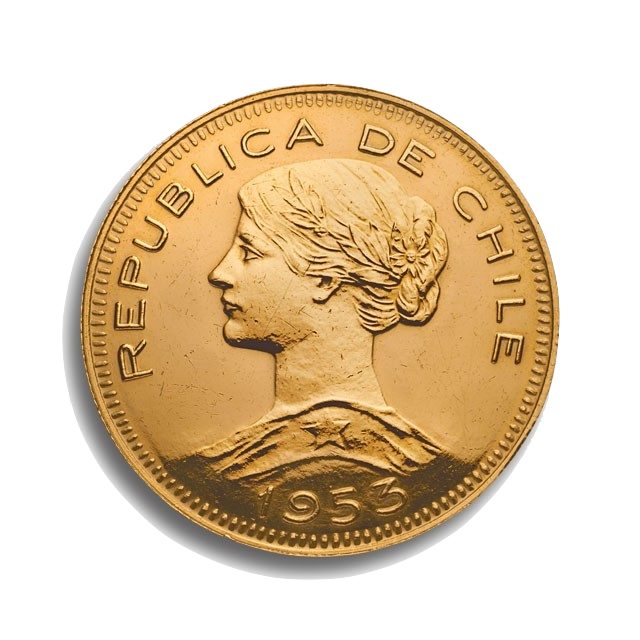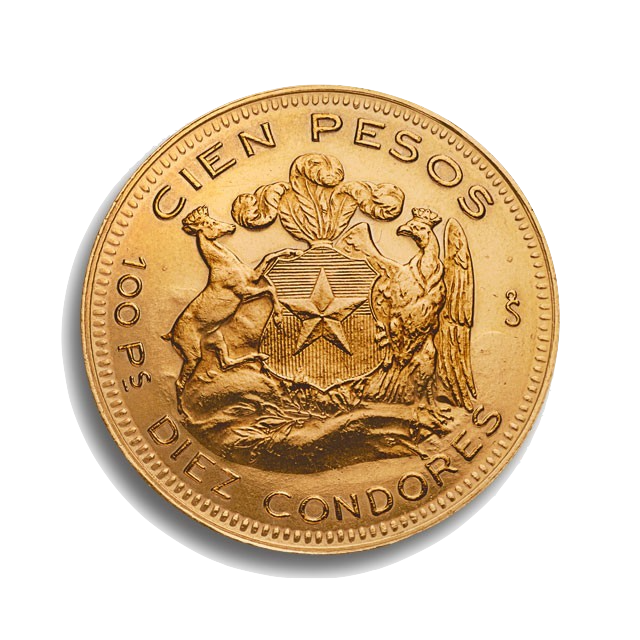Class 15: Probabilities
Computing for Molecular Biology 2
Andrés Aravena, PhD
30 April 2021
Not about games and bets
People think that probabilities are about games
Instead they are really tools for thinking
Thinking about decisions when we have incomplete information
Thinking about the future
About the meaning of our experiment results
Do you need to understand probabilities?
Do you travel?
- Which is the safest way to travel?
- Which is the fastest way to travel?
- How much do you want to pay for safety?
- How much do you want to pay for speed?
Do you buy insurance?
Travel insurance, Health insurance, Sigorta
- how much do you pay for it?
- How much you will get paid?
- Is it worth it?
Why do you study?
- You can work now and earn money today
- What if you fail this course?
- Why if you do not find a job?
Will you make experiments?
- How will you understand the results?
- Are the results just “random noise”?
- What are your expected results
- Allele frequency
- Success rate of a treatment
All these questions are about probabilities
To understand the idea we will use games
- Cards
- Coins
- Dice (one die, many dice)
maybe other toys that are easy to understand
These are just to have easy examples
What can happen: outcomes
Each device has a set of possible outcomes:
For example a die has the following outcomes
⚀ ⚁ ⚂ ⚃ ⚄ ⚅
Cards
🂡 🂢 🂣 🂤 🂥 🂦 🂧 🂨 🂩 🂪 🂫 🂭 🂮 🂱 🂲 🂳 🂴 🂵 🂶 🂷 🂸 🂹 🂺 🂻 🂽 🂾 🃁 🃂 🃃 🃄 🃅 🃆 🃇 🃈 🃉 🃊 🃋 🃍 🃎 🃑 🃒 🃓 🃔 🃕 🃖 🃗 🃘 🃙 🃚 🃛 🃝 🃞 🃟
Also Cards
♠︎♣︎♡♢
Four symbols can be used to represent DNA
A, C, G, T
Coins


Head, Tail also written as H, T
Doing the experiment is easy
just throw the dice
Simulating the experiment in R
We know how to represent outcomes
- Coin:
c("H","T") - Dice:
1:6 - Cards/DNA:
c("a","c","g","t") - Capital Letters:
LETTERS - Small Letters:
letters
Please take a sample()
Try this
[1] "E" "I" "B" "Q" "A" "L" "H" "V" "K" "Z" "T"
[12] "U" "J" "D" "N" "P" "O" "G" "C" "F" "M" "X"
[23] "S" "W" "Y" "R" [1] "G" "I" "K" "A" "X" "L" "D" "Q" "O" "S" "N"
[12] "P" "U" "R" "Y" "V" "E" "B" "H" "C" "M" "F"
[23] "J" "Z" "T" "W"sample() is shuffling
The output has the same elements of the input but in a different order
Each element appears only once
The order changes every time
Set of possible outcomes
To use sample() we must give it a set of posssible outcomes
(In math this is called Ω, for short)
The result of sample() is called outcome or realization
Choosing the sample size
Try this
[1] "Q" "M" "V" "L" "O" "F" "W" "E" "Y" "J"We get 10 letters
Some, but not all possible outcomes
Each outcome appears only once
Sampling many times
Try this
Error in sample.int(length(x), size, replace, prob): cannot take a sample larger than the population when 'replace = FALSE'Problem: We run out of outcomes. What can we do?
Sampling with replacement
Try this
[1] "T" "A" "T" "C" "C" "C" "T" "G" "G" "G"Each element can appear several times
Shuffle, take one, replace it on the set
Most of the times we will use sample() with replace=TRUE
What if G+C>A+T
Different proportions of each outcome
If there are more G anc C than A and T we can try
[1] "C" "A" "G" "G" "G" "C" "T" "A" "T" "G"but this becomes hard if the proporitons are not a nice fraction
Choosing the proportions
If there are more G anc C than A and T we can try
[1] "T" "C" "T" "C" "C" "C" "G" "T" "C" "T"The input prob= must be a vector of the same size as the set of outcomes
The sum of proportions must be 1
(the computer can do it for us)
Probabilities are the proportions
Each experiment or random system may have some preferred outcomes
All outcomes are possible, but some can be probable
We want to know the probabilities of each outcome
Sampling with and without replacement
We have three cases
- The set of possible outcomes is small and we do not replace
- each outcome changes the proportions a lot
- The set of possible outcomes is large and we do not replace
- each outcome changes the proportions very little
- The set of possible outcomes has any size and we replace
- outcomes do not change the proportions
Sampling with replacement represents a very large population
and that is why we use replace=TRUE
Is there a pattern in the result?
Each result is different
A C G T
9 7 12 12
A C G T
8 5 13 14
A C G T
8 11 11 10 If size increases, frequencies increase
A C G T
91 103 93 113
A C G T
107 93 109 91
A C G T
98 94 98 110 Larger size, frequencies change less
A C G T
1021 976 977 1026
A C G T
1020 984 1022 974
A C G T
995 1052 986 967 Each frequency is very close to 1/4 of size
A C G T
9991 10022 10004 9983
A C G T
10172 9980 9854 9994
A C G T
10074 9923 10012 9991 Is there a pattern in the result?
A C G T
99750 100468 100031 99751
A C G T
100002 99875 100449 99674
A C G T
99953 100445 99751 99851 If size increases a lot, the relative frequencies are 1/4 each
The sum of Relative Frequencies is 1
Absolute frequency is how many times we see each value
The sum of all absolute frequencies is the Total number of cases
Relative frequency is the proportion of each value in the total
The sum of all relative frequencies is always 1.
- Relative frequency = Absolute frequency/Total number of cases
Relative Frequencies in our example
a c g t
0.249790 0.249719 0.250288 0.250203 What is the final relative frequency?
What will be each relative frequency when size is BIG?
We will see that the relative frequency will converge to the probability
In complex systems we do not know each probability
But we can estimate it using the relative frequency
That is what we will do in this course